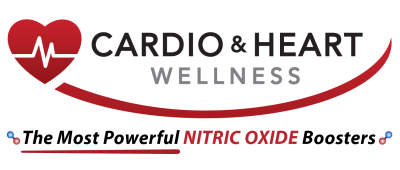Arginine and Immune Support
Modulation of Inflammation and Immunity by Arginine Supplements
Arginine holds a key position in the cellular functions and interactions that occur during inflammation and immune responses. The competition for arginine as a substrate between nitric oxide synthase and arginase appears to be at the core of the regulation of the inflammatory process. This review examines some of the recently defined effects of arginine on various inflammatory processes and immune cell functions.
Nitric Oxide Drives Skin Repair
Wound healing of the skin represents a highly ordered process of important tissue movements that aims for a rapid closure of the wound site and a subsequent regeneration of the injured tissue. The factors ensuring the intercellular communication during repair are only known in part. However, although protein-type mediators are well-established players in this process, it has become evident that the diffusible, gaseous molecule nitric oxide (NO) participates in the orchestration of wound healing. The role of wound-derived NO that critically influences macrophage, fibroblast, and keratinocyte behavior within the intercellular communication network during repair is subject of this review. Thus, cutaneous wound healing prototypically reflects processes that generally occur also in kidney injury and regeneration.
Arginine: Master and Commander in Innate Immune Responses
The activation of macrophages through Toll-like receptor (TLR) signaling pathways is a major component of innate immune responses to infection. Because the production of nitric oxide (NO) from arginine by the inducible isoform of NO synthase (iNOS) in activated macrophages is essential for host defense against many pathogens, arginine availability is a critical determinant of resistance to infection. Thus, induction of the arginine catabolic enzyme arginase is exploited by some pathogens as a means of immune evasion.
Details of this mechanism are revealed by studies that demonstrate that mycobacteria use a component of the TLR pathway to induce the type I isoform of arginase in macrophages through an autocrine-paracrine mechanism that involves macrophage-produced cytokines.
Separate studies show that, in addition to inhibiting NO synthesis by substrate limitation, reducing the availability of arginine simply by nutrient deprivation can blunt the innate immune response by impairing a specific mitogen-activated protein kinase (MAPK) pathway downstream of TLR4. These findings illustrate the growing complexity of the roles of arginine as an enzyme substrate and also as a regulatory molecule in signal transduction pathways in immune cells.


